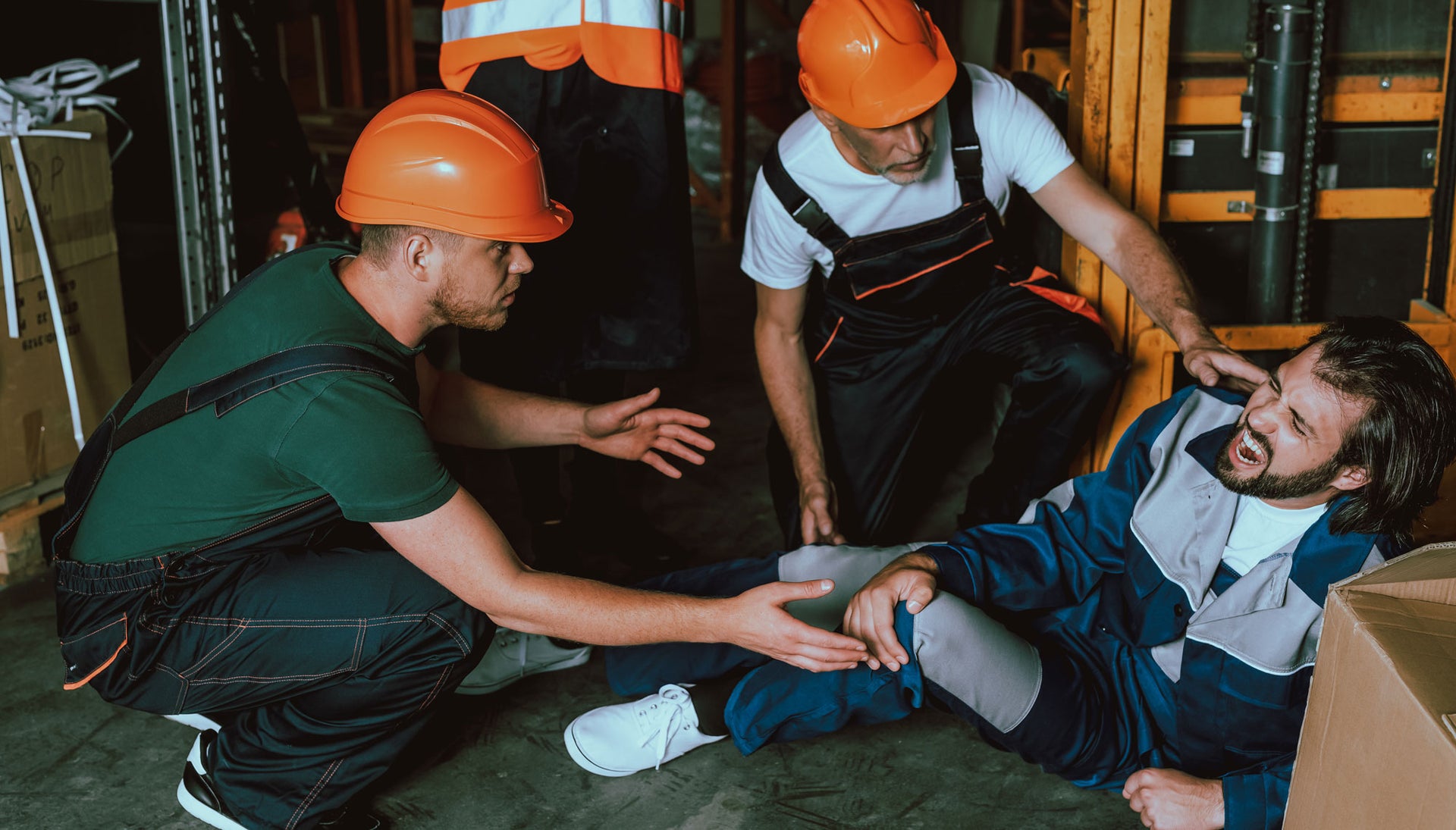The need for surveillance in 2022
In 2022 we continue to see a rising need for surveillance systems, not only in businesses but also in residential and vehicle applications. The need is not only based on the prevention of crime anymore though, we are now requiring surveillance systems for liability concerns and to protect ourselves when being accused of a crime or accident. As a result, we see the video surveillance market growing significantly in the coming years and will continue to see new technologies being implemented for these systems as well. Let's explore the specific types of surveillance that are expected to increase in demand throughout the next 5 years!
We expect an increase in cameras supporting smart features to be in high demand over the next five years. This will allow these systems to incorporate other technologies like AI as well as edge computing allowing for more real-time processing of the captured footage. Video analytics are also expected to grow in popularity as more advanced algorithms are implemented to allow for greater automation and less manual monitoring of the captured footage. We have seen this with the improved VCA deep learning technologies offered by UNV on both their cameras and NVRs allowing for the detection of specific objects such as humans and vehicles or even the newest -IQ series NVRs being able to process face recognition using either standard or face recognition cameras. This will result in a greater level of accuracy and efficiency in the captured data and will free up personnel to focus on other tasks within the system. The AI will allow you to stay in touch with your surveillance system only when there is an activity that is relevant to the parameters you have specified. This will further enable users to eliminate irrelevant alerts so they can focus on issues that really matter to them.
Similarly, the increasing use of cloud-based technologies will also have a significant impact on the video surveillance market moving forward. These types of systems will allow all of the captured footage to be stored off-site and accessed from virtually anywhere. This eliminates the need to physically access the cameras and instead allows the user to access the footage using a connected device such as a smartphone or tablet. There are a variety of cloud-based solutions available to choose from including their own proprietary solutions as well as third-party solutions that are compatible with existing platforms such as VideoLoft. Unfortunately, cloud-based recording is still considerably more expensive compared to more traditional NVR-based systems and the limitation of the internet upload speeds will have a strong effect on the quality of the stored video content. Currently, cloud-based video storage is mainly used with residential customers only using 1-3 cameras which makes the costs seem more reasonable but if you scale this to the high-resolution cameras recording 24/7 that are common in the commercial sector the cost of cloud-based recording becomes prohibitively high. There is ongoing work being carried out to address this limitation by offering compression algorithms that are optimized for this type of environment but until a solution can be found, web-based recording will remain mostly suitable for smaller-scale applications like residential use rather than large-scale projects involving multiple cameras that need to be monitored around the clock.
As this happens, privacy concerns may inhibit the growth of the AI-based analytics and cloud-based storage markets. Individuals are becoming increasingly worried about the privacy of their personal data and how this data may be used by third parties without their consent. As a case in point, Amazon AWS, a cloud storage company that provides cloud-storage services, came under fire for its Rekognition project, which was designed to enable it to recognize customers' faces, as well as their voices. This service seems good on the surface but if you consider that your cloud-based cameras are being analyzed by these huge companies potentially without your consent, it is easy to see one of the problems with allowing your video storage to be saved offsite. Nonetheless, the elephant in the room is a little different - what happens when everyone stores their video files in the cloud and legislation is passed that allows the government to gain access to all of that data under the pretext that it is in the interest of prosecuting criminals? As we mentioned before, we still recommend that you save your video recordings on local NVRs on-site, not only for the improved quality and the ability to record continuously but also because it may be beneficial for you to have a level of control over your own surveillance data and how it is used in the future.
In summary, the future of surveillance will continue to see great technological improvements in both the analysis of the video data and the improved compression that will enable greater amounts of data to be stored on smaller devices at reduced costs. Yet the industry must also consider the privacy concerns that the general public may have when it comes to their data and how these may be addressed to ensure that any new technology that is used does not come at the cost of the public's right to privacy.


